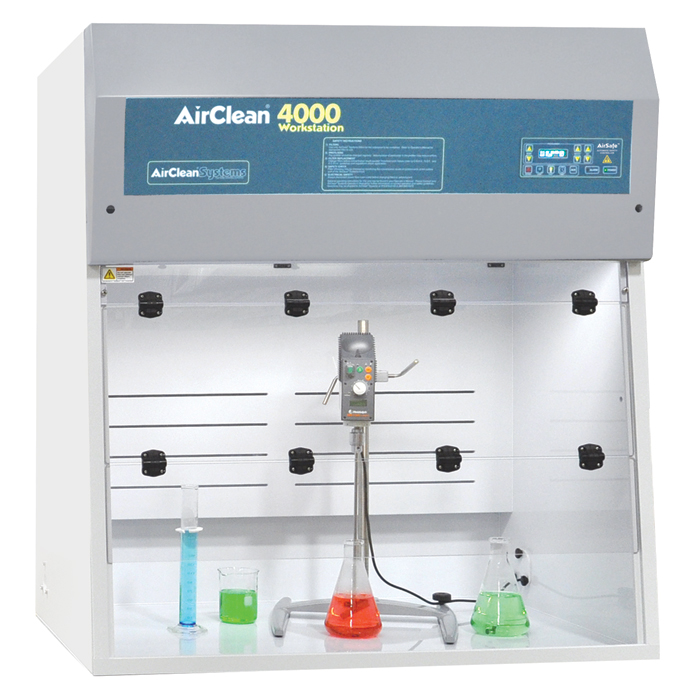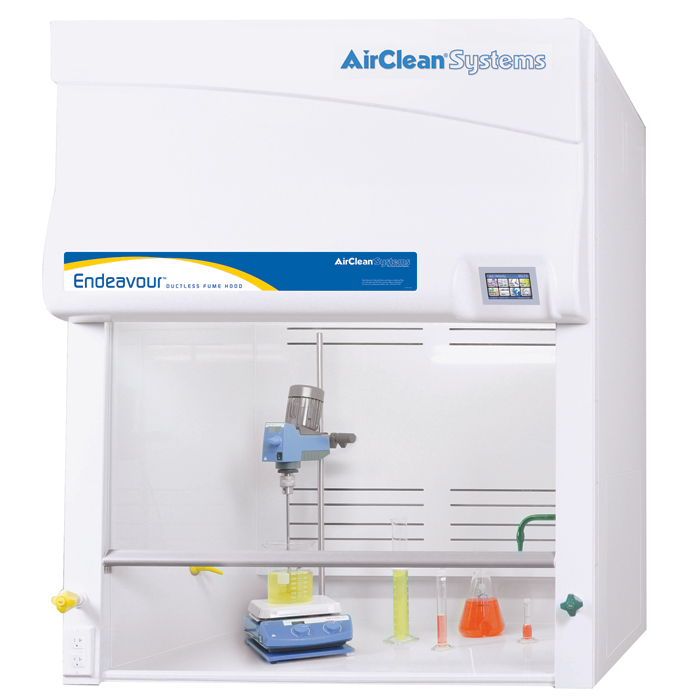Cytology: Science about Cells
What is Cytology?
Cytology is the study of the structure and function of cells and is used widely in the medical field to diagnose cancer and infectious diseases as well as to screen for fetal abnormalities. Cytology methods may also be used by researchers working with clinical samples or model organisms. The practice of cytology can be divided into two categories based upon the sample collection method.
Exfoliative cytology uses cell samples that are collected by scraping or brushing or that are naturally shed by your body (urine, mucus, saliva, etc.). Examples of exfoliative cytology include swab-based tests for COVID-19 and Influenza, tests for urinary tract infection and cancer, as well as pap smears.
Intervention cytology examines samples collected from inside the body such as fine needle aspiration from a cyst or other internal nodule.
Cytological methods
Once samples are collected, they are processed for analysis. Typically, samples are analyzed using either staining or molecular methods. For staining methods, the cell samples are transferred to a slide and fixed with formalin, formaldehyde derivatives, or alcohol (methanol, ethanol). The samples are then stained to distinguish between cell structures. The slides are examined by a pathologist for diagnosis or a researcher for data collection. Some of the most common stains are hematoxylin and eosin (H&E), a modified H&E stain called pap stain, Giemsa stain, Prussian blue, and Congo red.
Samples for molecular analysis may be fixed and stained using antibodies or processed to extract nucleic acids or proteins for PCR and antigen detection, respectively.
Fume hoods protect the operator from staining hazards
Many stains used for cytological methods are considered hazardous chemicals that are flammable and cause serious eye or skin irritation. Some, such as Congo red, may also be carcinogenic. Vapors from fixatives such as formalin and paraformaldehyde can also cause eye, nose, and throat irritation even when exposed to low levels for a short period of time. Over time, repeated exposures may cause some people to develop allergic reactions to formaldehyde-based compounds. Similarly, methanol vapor inhalation can cause issues with the central nervous system such as nausea, drowsiness, and headache. Severe methanol exposures can even lead to permanent vision changes and blindness.
Handling of any hazardous fixatives or stains should be completed under a fume hood, while wearing appropriate personal protective equipment (PPE). Ductless fume hoods with a horizontal laminar flow that pull air from near the operator, across the work space, and up to the top or back of the hood are a great option for protecting the operator, while providing flexibility in work place setup and without the need for building ductwork. Ductless fume hoods used for cytology applications should be fitted with the appropriate carbon filters designed to capture any chemical vapors prior to air exhaust into the room to protect the operator and others in the vicinity.





